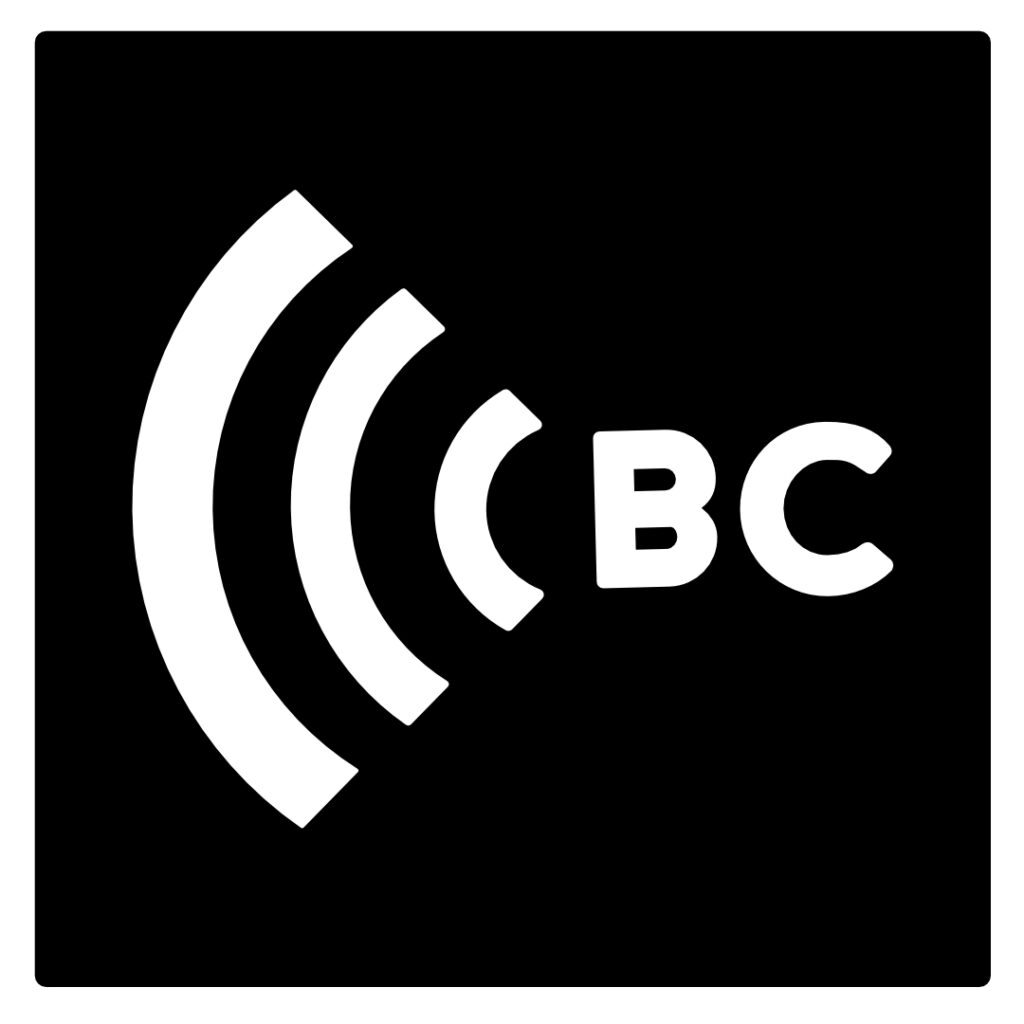Who invented the bassoon?
The bassoon is a musical instrument, made out of wood and is a member of the woodwind and double-reed family. The bassoon is the lowest member of the woodwind family, which means it is the instrument group which can play the lowest out of the other woodwind instruments (flute, clarinet, saxophone and oboe.) It is also a member of the double-reed family, which consists of bassoon and oboe. It isn’t a transposing instrument, which means it plays in C.
The bassoon is a development from the 17th century, and was a development of the dulzian. A dulzian is a Renaissance wind instrument, which very much like the bassoon uses a double Reed with a conical bore. The modern day bassoon is a development of the dulcian. It is thought that around 1636, the dulcian was constructed into four separate joints which is where the beginning of the bassoon comes from. The bassoon was developed and pioneered by Martin Hotteterre around this time. The bassoon was played through the 17th and 18th centuries and was used as a bass and solo instrument in baroque and classical music. Throughout time, as the bassoon became more and more developed, more keys were added until the instrument looks as it does today.
How is bassoon built?
The bassoon is a long wooden instrument and is made up of four different sections of wood. The four different parts of the bassoon are called: the boot joint (at the bottom), the wing joint, the bass joint, and the bell. These four components create the bassoon. It is made up of a conical bore, which double backs in the boot joint, meaning that the bassoon is half the length of the tube itself. (This is due to the fact it is flipped back around in the boot joint). The average full sized bassoon will weigh roughly 7.5 pounds, which can be very heavy. This is why we use a neck harness while playing, this means that the weight is distributed around the body more evenly.
The only additions you would need to complete the bassoon are ; a crook, and reed.
What’s a Crook? (called bocal outside Great Britain)
A crook is a curved piece of metal which extends from the bassoon, and connects the instrument and the double Reed together. The choice of crooks that a player decides to use massively impacts the sound quality, range and intonation of the instrument. Therefore, it is incredibly important to have a good crook for your bassoon- it is the same importance as a clarinetist changing their mouthpiece. Crooks are given a number which indicates the length of the crook, the higher the number, the longer the length of the crook. The majority of crooks range from sizes 1-3, but it is the most common to play on a number 1 or 2 crook. Due to the length of the crook, this adjusts your tuning. The longer the crook, the flatter in pitch as it literally makes the length of the bassoon longer. You can choose crooks for specific pieces, for example, you will want to use a shorter crook to help you achieve higher notes as you need the length of the bassoon to be shorter. Overall, it is down to the player themselves which crook they believe is the best fit with their instrument.
Are there different types of bassoon?
The bassoon can come in many different sizes, this is because the full sized bassoon is incredibly big, and younger players are often unable to reach all of the holes of the large instrument. The smallest bassoon is called a ‘mini bassoon’ and it is aimed at children ages 7 or older. It is pitched one octave higher than the normal full size bassoon. The next size up is called the ‘tenoroon’, which is still bigger than the mini bassoon but not as big as the full sized bassoon. This is also aimed at younger players who still are not ready to move up to the larger instrument. This instrument has more keys than the mini bassoon so allows players to have a wider range of notes. The next, is called the short reach bassoon. This model is the same length and weight as the full sized bassoon however, all of the keys are placed closer together. What this means is that a player can get used to the size and weight of a full bassoon but their keys are much more within reach for the bassoonist. Finally there is the normal full sized bassoon which one would see in the orchestra or in a solo recital.
Where sits the bassoon in the orchestra?
As the bassoon is a member of the woodwind family, it sits with the other woodwind instruments in the orchestra. It sits directly behind the oboe and next to the clarinet. Typically in the orchestra, pieces only use two bassoons however there are some pieces (Berlioz’s Symphonie Fantastique) for example, which is written for four bassoons to play. Usually in orchestral music for bassoon, it is written in bass or tenor clef. This means that a bassoon player must have the ability to read both clefs with ease. Although it is rare, the bassoon sometimes will have to read in treble clef, however this is usually when a piece is written in a particularly high register. This means that it is easier for the player to read the notes, if it is written in treble clef.
